Romain Julliard: “Citizen science helps to find more rapidly how to face global changes”
Starting with his own work in conservation biology, Romain Julliard built an expertise on data collection by citizens, that he help today others to implement
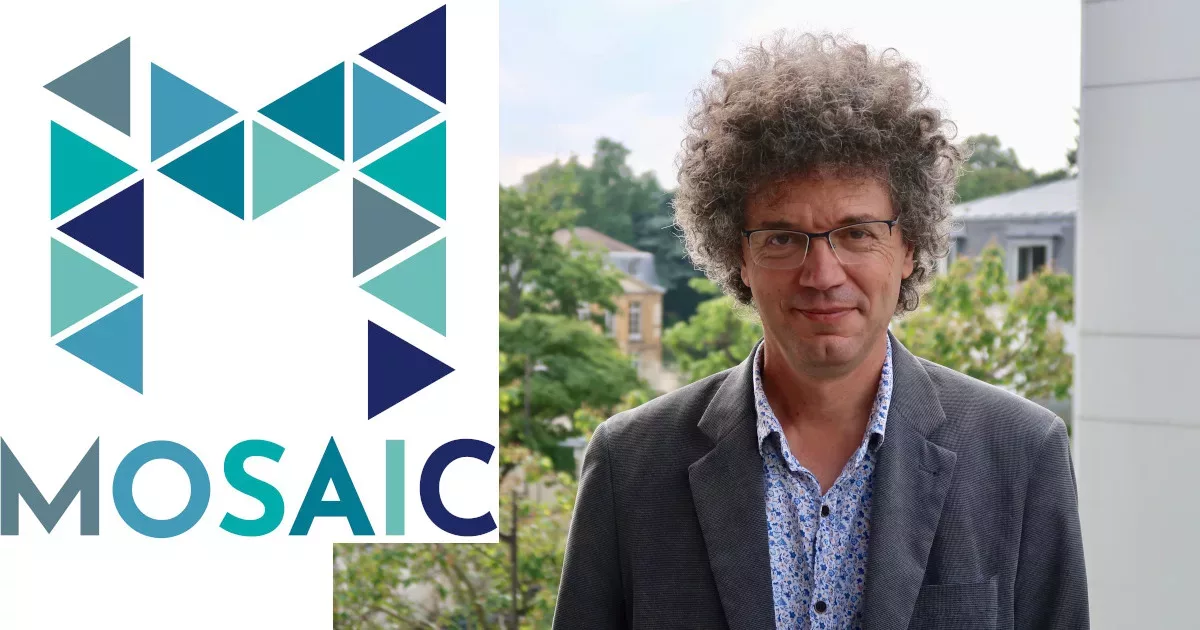
You are a specialist in conservation biology. Why did you become interested in citizen science?
Romain Julliard: For practical reasons, first. The study of changes in biodiversity as we face global changes needs to be carried out on huge time and space scales, for which we lack professional or technical observation facilities: experimental stations, or field observations that we could carry out with students, are not fit. Only networks of human volunteers can be deployed and maintained on these scales. They enable us to collect very rich data, as long as they are structured, planned and standardized. What’s more, these observers easily provide important information about their environment, their practices and their local knowledge.
Starting in 2006, “Opération Papillons” (Operation Butterfly) was your first citizen science initiative for unskilled volunteers. What scientific questions did you want to answer?
R. J.: The aim was to study how this group of pollinating insects cope with urbanization: which species are able to strive into the city? Why? Where? What are the characteristics of the city that make it possible or impossible for them to enter? Butterflies are representative of flying insects, and easy enough for non-specialists to identify. The network, which extends to several thousand gardens across France, in a wide variety of areas, in the city, in the suburbs and out-of-town, provides information on the organization of biodiversity at these scales, and also links observations to other information such as the landscape, the size and composition of the garden, and the practices of gardeners. Without those participants, it would be almost impossible to obtain this information.
You began this type of work in the 2000s: was it innovative?
R. J.: In the past, there were surveys by expert naturalists, communities and learned societies. For example, there was a long-standing tradition of collaboration between ornithologists’ associations and the Muséum National d’Histoire Naturelle (MNHN), which initially focused on mapping and species description: what is the distribution of species ecology independently of human? Gradually, we shifted our paradigm to monitoring, focusing on dynamics and human-induced changes. We have therefore also changed our methods. The completeness associated with mapping is very different in terms of statistics, from standardization and reproducibility of measurements, which are important for monitoring. To monitor biodiversity, scientists have changed both discipline and method. Then, in the mid-2000s, we introduced “general public” monitoring, which did not rely on the participants’ prior skills. Participants acquire new skills as they take part in the research, both in terms of butterfly identification and ecology: butterflies are caterpillars, there are migratory butterflies, seasonal butterflies, and so on. And these skills have consequences for species conservation, by transforming the way they keep their gardens.
Have you studied this aspect?
R. J.: One of the promises of participatory science is the transformative power it can have on individuals, and even on the collective of individuals who take part in research. A colleague carried out a survey of the members of our partners in biodiversity monitoring, large associations. Among the respondents, half were not involved in monitoring. He showed that these had a slightly higher average level of education than the one who were participating. On the other hand, among the latter, the average level of confidence in science was higher. But we don’t know whether the higher level of confidence was due to participation in the project or whether it was the cause.
Can participatory science have a wider impact?
R. J.: There is a social legitimacy effect for scientific results produced in this way. If we announce: “there has been a 30% decline in common bird populations, a network of thousands of observers working with the Museum has produced this data”, social acceptability is greater than if the result were obtained from the observations of a few research stations. Even if, scientifically, both results are equally valid.
Did your scientific colleagues take this participatory approach for granted?
R. J.: There was a lot of resistance. This type of research changes the position of power in relation to the objects studied: scientists are no longer the exclusive masters of research. There is a sharing of responsibility and power, as well as a dependence, between the network of data producers and the researchers. And there’s also a constraint, linked to the commitment the scientists make to the network members to valorize these data. There was considerable reluctance from some researchers who were not involved in participatory science, who saw it as a threat to their profession. Today, few researchers express this reluctance. However, we still meet strong opposition in the technical professions. For example, I am having trouble convincing members of agricultural technical institutes to carry out participatory research projects with large network of farmers to study the transitions underway. Many of those who work there prefer to keep a dominant position vis-à-vis those they advise. Yet it seems fairly obvious that, by conducting participatory research involving farmers, foresters, planners or architects, the knowledge produced will be shared directly with those most likely to apply it.
So, the impact is greater?
Especially in terms of speed of transmission. In the current model, scientists carry out research, they produce knowledge that will enlighten society, which is then responsible for using it to develop policies and so on. It’s a slow process, compared to the transition and transformation challenges we face today. This is one of the reasons why so much attention is being paid to citizen and participatory science. We think that this approach is well-suited to the challenge of rapidly finding solutions to these changes.
What is behind the current slow pace?
R. J.: There is a time lag: the problems we study in research are already out of date by the time they reach the stage of possible implementation. And there is a problem of relevance: researchers tend to study what interests them, which may be out of step with society’s needs. With participatory research, we are more relevant, because we are closer to the problems to be solved. And we can move faster in terms of transmission.
Does this apply to all types of science?
R. J.: Of course not: it should not replace all research! It has to be relevant: as I explained, to gather data that would otherwise be unobtainable, or to answer questions that require urgent applications.
Can citizen science also include the co-construction of scientific questions?
R. J.: It is hard to find a scientific question that is not, in one way or another, co-constructed, because researchers do not live isolated in ivory towers. And the point is not so much to organize a survey, or a round table, to validate the best scientific question to ask. The whole participatory process is important. Moreover, the idea of pre-defining a question applies well to a hypothetico-deductive framework: you ask a question, set up a protocol and collect the data. In fact, a lot of research goes through an inductive phase: first, you collect data, then, you ask questions, that may emerge from the data, collected by the participants in citizen science.
How do you recruit participants for your citizen science projects?
R. J.: We recruit individuals, but there is always an intermediary – an association or local authority – to promote the project, and provide support for participants and manage the community. This is essential to the success of a project.
You are the director of the Mosaic lab at MNHN and Sorbonne University. What are its goals?
R. J.: Mosaic is a service lab dedicated to supporting new participatory science projects based on data collection, in terms of co-design and development, and information system maintenance. We have a major IT component for the development of digital interfaces to capture and share data, because sharing is at the heart of our method: sharing between participants who see each other’s data, who eventually interact around these data, commenting on them, validating them, annotating them, completing them. Seeing data is the driving force behind participation: I see what others are doing, and others see what I’m doing. It also ensures data quality control: because others see what I do, I do it well. And because I see what others do, I can participate in the validation of that data. Our methodology requires know-how in terms of data management, data architecture and database systems: is the data complete? Is it located? How is it evolving? You need to keep track of their history, their modifications, etc. And the interface must be attractive and easy to use by participants.
In which areas do you mainly support projects?
R. J.: It is very diverse: in healthcare, with farmers, with local authorities, to use the potential of data collection by residents on co-decision issues, etc.
For example?
R. J.: We set up an experiment about the switching off of public lighting at night, with local authorities who wanted to engage in consultation with residents. Rather than organizing round tables, we proposed a system where residents could collect data useful for decision-making, and even, thanks to the legitimacy this gave them, make recommendations. Unfortunately, the local authorities in question didn’t really play the game, nor did they deploy sufficient resources in terms of facilitation.
Does it seem to you that the share of citizen science is high enough in France today?
R. J.: We are just at the surface of what could be done. The 2020 “Loi de programmation de la recherche” (Research Programming Law) has changed the scene. Today, the French National Research Agency devotes 1% of its funding to participatory research. The Ministry of Higher Education and Research issues a “Sciences avec et pour la société” (Sciences with and for Society) label to universities. The community of people involved in this type of research has grown considerably, as has the number of colloquia and seminars. One consequence is that the average level has dropped: proportionally, there are more beginners. Many researchers think it’s easy to do citizen science projects. In fact, it’s often more complicated than “classic” basic research. When I describe our method, the first question I ask researchers is: why do you need a participatory project? Is it worth the effort of soliciting the public, who haven’t asked for anything? What’s more, to obtain funding, some people announce that they’re going to do participatory science, when in fact they want to carry out science popularization or education activities, which are of course perfectly respectable and important in their own right, but should be named correctly: they are not participatory science, but science education.
Interview by Luc Allemand
Sciences Ensemble
The Muséum National d’Histoire Naturelle and Sorbonne Université have created the Science Ensemble website, as a tool for a “professional” network. It is aimed at stakeholders in the 40 to 50 participatory research projects in which at least one researcher from one of the founding institutions is involved. The aim is to provide a group for mutual support and reflection on all matters relating to these forms of research. The Particip’Arc platform, supported by the French Ministry of Culture, has a similar objective for people involved in projects in heritage conservation, archives, archaeology, architecture and urban planning, documentary computing, music, performing arts, written heritage, ethnology, sociolinguistics, visual arts, etc.
SUBSCRIBE TO OUR NEWSLETTER
To stay up to date with our projects and the development of the EHC
Read more articles
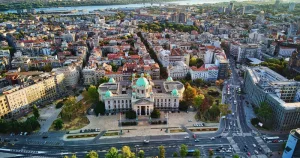
The Belgrade Declaration on Science and Art for Sustainability
The Declaration was prepared as the principal outcome of the World Conference on Science and Art for Sustainability, held in
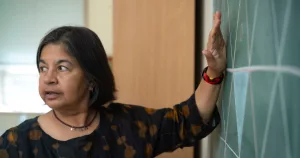
Nalini Joshi: “Mathematics can shape a sustainable future”
Mathematical thinking can drive solutions for climate, energy and many other development issues Nalini Joshi is Payne-Scott Professor of Applied
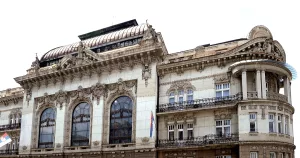
World Conference on Science and Art for Sustainability
The Serbian Academy of Sciences and Arts hosts the WAAS-EHC event The Serbian Academy of Sciences and Arts The World
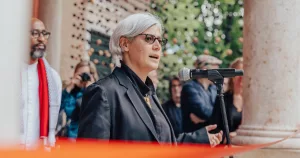
Kathryn Yusoff: “We need new imaginaries to reset the relation between Earth and humanity”
Geographer Kathryn Yusoff explains why traditional disciplines and Western frameworks fail to address environmental crises, calling for transdisciplinary, decolonial approaches